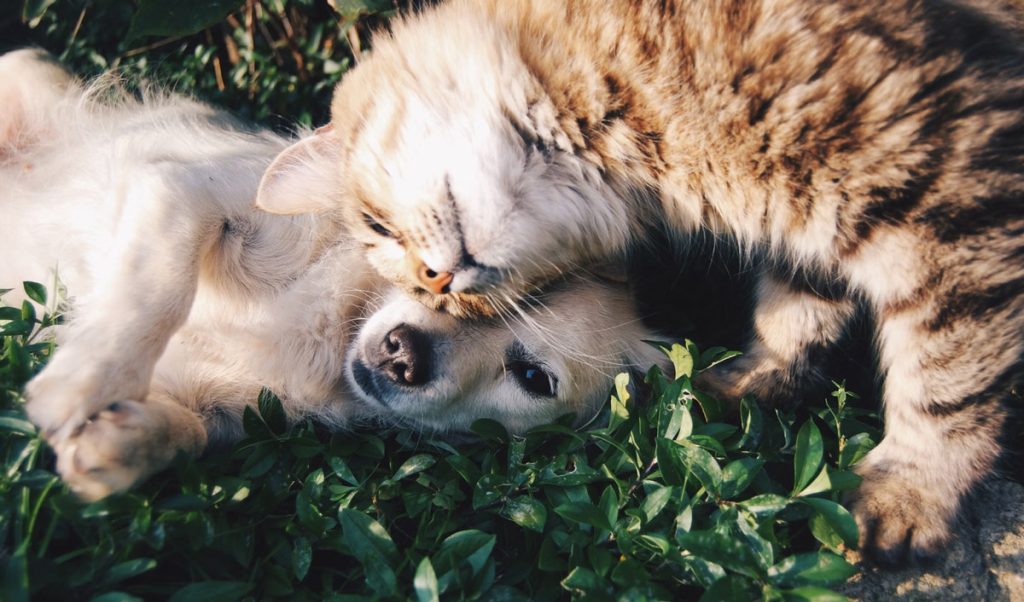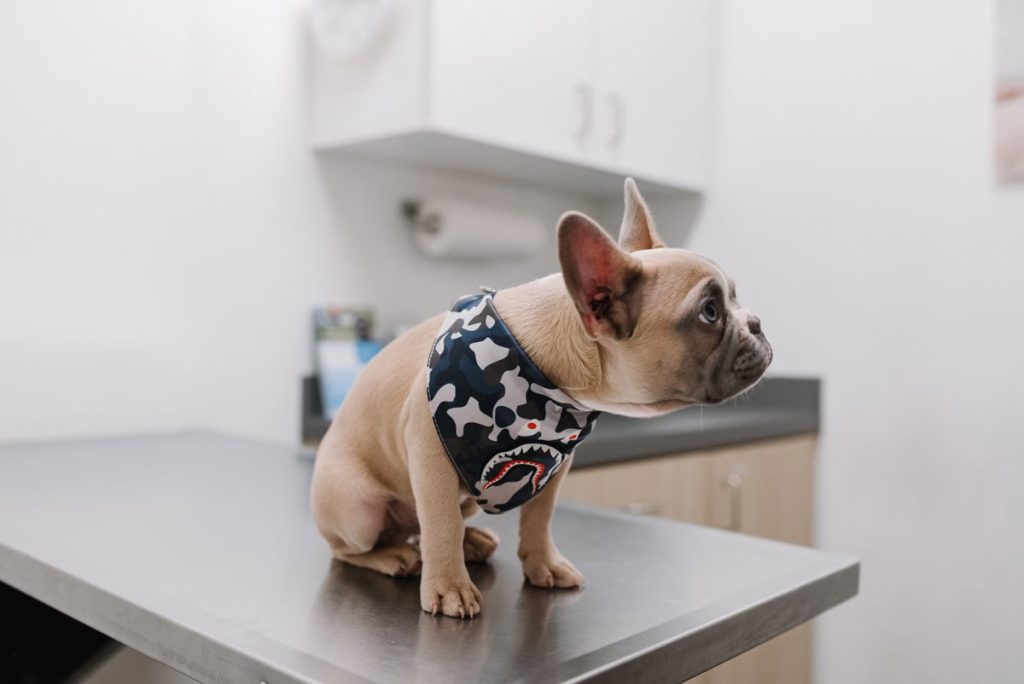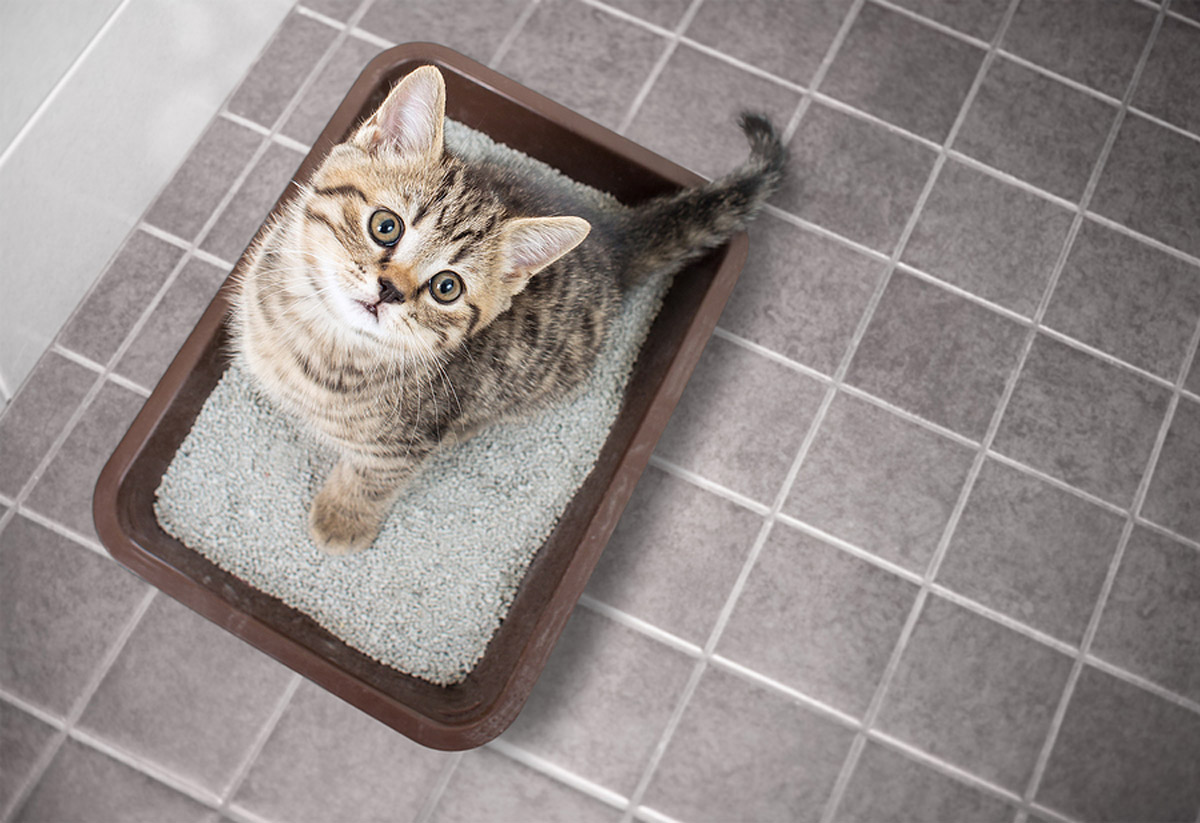Source: Bigstock
Unfortunately, urinary tract infections (UTIs) are a common health issue affecting cats and dogs. These infections can be a great source of discomfort and distress for your furry companion; as such, pet owners must be well-versed in the signs, treatment options, and prevention techniques of UTI.
In this comprehensive guide, we’ll delve into everything you need to know about UTIs in cats and dogs.
1. Understanding UTI

Source: Unsplash
UTI occurs when bacteria or other pathogens invade the urinary system, including the bladder, urethra, and kidneys. It can be caused by various factors, including:
- Bacterial infections: The most common cause of UTIs in pets is bacteria, such as E.coli, which can enter the urinary tract and multiply, leading to infection
- Weakened immune system: Pets with weakened immune systems due to underlying health conditions or medications may be more susceptible to UTIs.
- Urinary tract abnormalities: Structural abnormalities in the urinary tract, such as urinary stones or tumours, can predispose pets to UTIs.
- Poor hygiene: Inadequate grooming or hygiene practices can contribute to the development of UTIs in cats and dogs.
Additionally, female and older pets are more likely to develop UTIs.
2. Recognising the Symptoms

Source: Unsplash
The symptoms of UTI in cats and dogs can vary depending on the severity of the infection and the affected area of the urinary tract. Common signs of UTIs in pets include:
- Frequent urination in small amounts
- Straining or difficulty urinating
- Bloody or cloudy urine
- Incontinence
- Grooming or licking the genital area excessively
- Strong or foul-smelling urine
If your pet exhibits any of these systems, it’s essential to consult with your veterinarian for a proper diagnosis and treatment plan.
3. Diagnosing UTI

Source: Unsplash
Diagnosing UTI in cats and dogs typically involves a combination of physical examination, urinalysis, and sometimes additional diagnostic tests such as urine culture or imaging studies.
A urinalysis involves analysing a sample of your pet’s urine for bacteria, blood, protein, and other substances that may indicate a UTI. If bacteria are detected in the urine, your veterinarian may recommend a urine culture to identify the specific type of bacteria causing the infection and determine the most effective treatment.
In some cases, additional diagnostic tests such as blood work, X-rays, or ultrasound may be necessary to evaluate the underlying cause of the UTI, such as urinary stones or tumours.
4. Treatment Options

Source: Unsplash
Treatment typically involves a combination of antibiotics, supportive care, and management of any underlying health conditions contributing to the infection. Your veterinarian will prescribe an appropriate antibiotic based on the results of the urine culture and sensitivity testing to target the specific bacteria causing the infection.
In addition to antibiotics, supportive care may include pain medication to alleviate discomfort, fluid therapy to maintain hydration, and dietary changes to promote urinary tract health.
5. Prevention Strategies

Source: Unsplash
Here are some tips to help prevent UTIs in your pets:
- Provide fresh, clean water: Ensure that your pet has plenty of fresh, clean water, which will encourage regular urination and help flush bacteria from the urinary tract.
- Maintain good hygiene: Practice good grooming and hygiene habits, such as regular brushing and cleaning of the genital area, to reduce the risk of bacterial contamination.
- Encourage regular exercise: Regular exercise can help promote urinary tract health and reduce the risk of UTI in pets. Moreover, physical activity also makes your pet thirsty and thus encourages them to drink more water.
- Feed a balanced diet: Feed your pet a balanced diet formulated to meet their specific nutritional needs and promote urinary tract health. Your veterinarian can recommend a diet tailored to your pet’s age, breed, and health status.
By following these preventive measures and seeking prompt veterinary care when needed, you can help keep your cat or dog healthy and reduce the risk of UTIs.
Keeping Your Fur Babies Safe and Healthy
UTI is a common health issue affecting cats and dogs, but with proper understanding, recognition, and treatment, it can be managed effectively. If you suspect that your cat or dog may have a UTI, don’t hesitate to consult with your veterinarian for guidance and support. With prompt veterinary care and proactive management, you can help your pet recover from UTIs and enjoy a happy, healthy life.
If you’re a pet owner or lover, don’t miss out on our Pet Expo in Singapore! With exciting contests and enriching workshops, this event has something for everyone.









